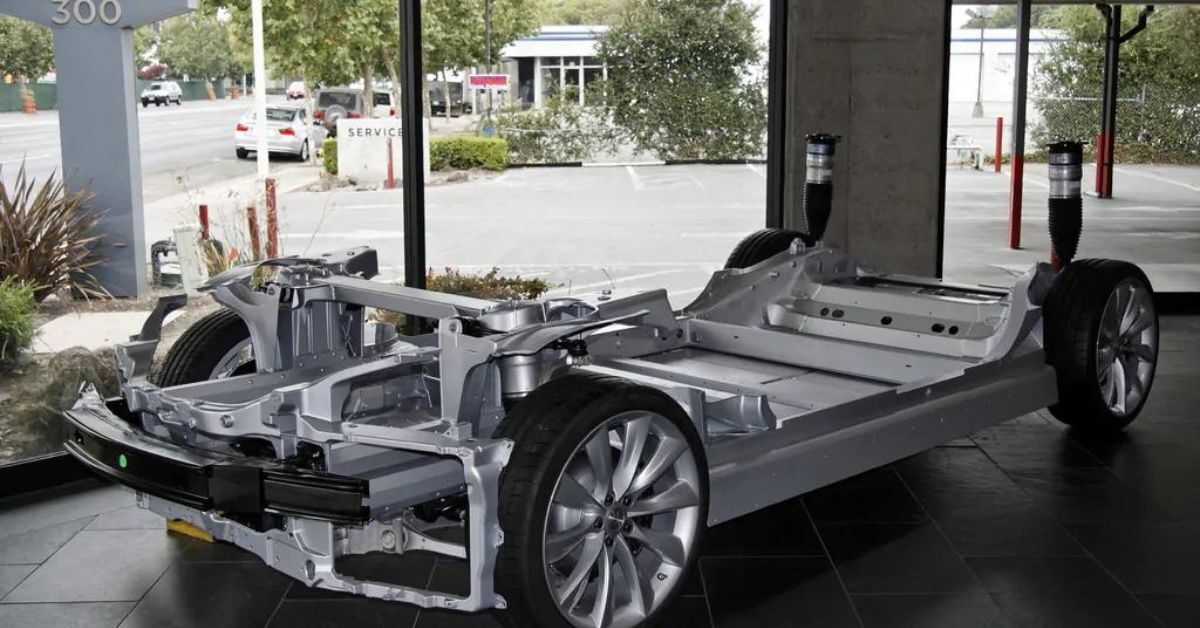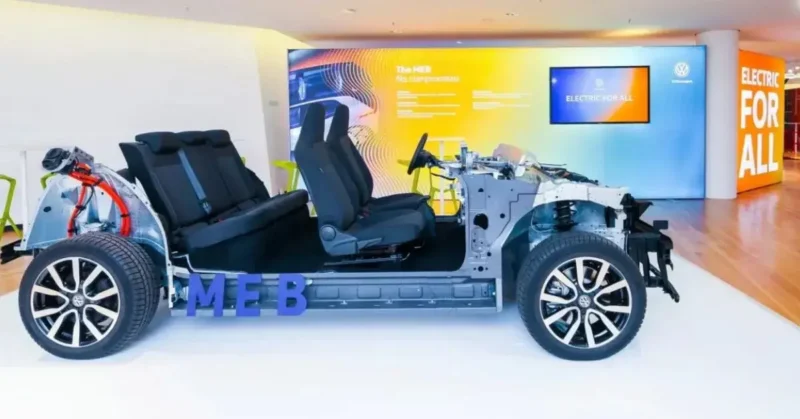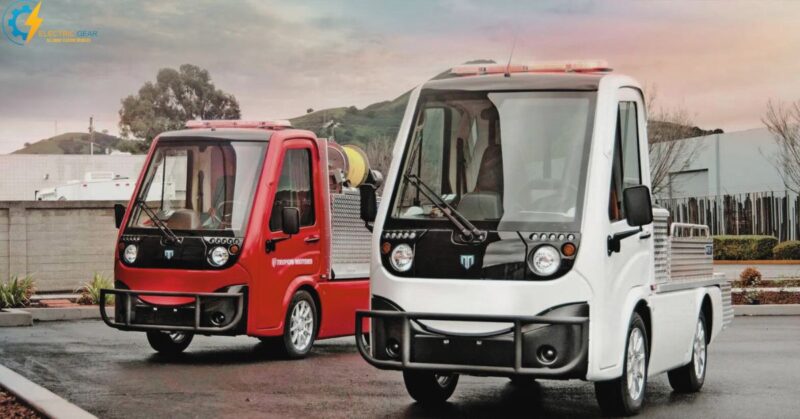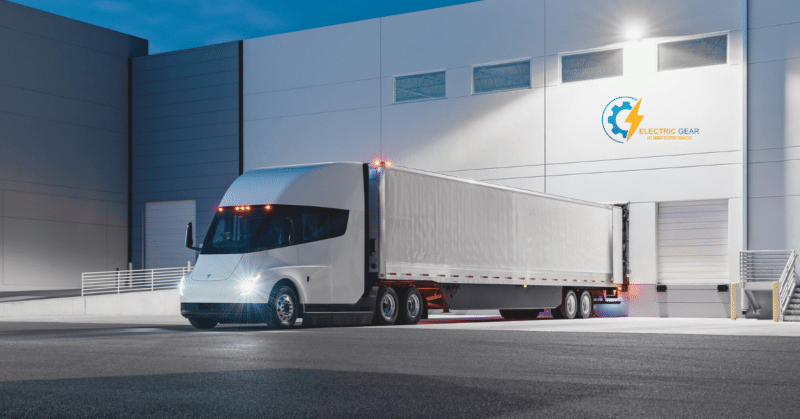The Tesla Model S is an all-electric luxury sedan that has garnered attention for its advanced technology and impressive performance. One of the key components of the Model S is its battery, which provides power to the electric motor and enables the vehicle to travel long distances on a single charge.
The Model S’s power source is a vast, flat battery of thousands of lithium-ion cells. The battery pack is located underneath the vehicle and contributes significantly to the car’s weight. In this context, understanding the weight of the Model S battery can provide insight into the vehicle’s design, performance, and efficiency.
Tesla Model S Battery Weight
1,200 lb, 100 kWh, and 407 V lithium-ion battery
The Tesla Model S is an all-electric luxury sedan that has garnered attention for its advanced technology and impressive performance. One of the key components of the Model S is its battery, which provides power to the electric motor and enables the vehicle to travel long distances on a single charge. The Model S’s power source is a vast, flat battery of thousands of lithium-ion cells. The Tesl Model S battery pack is located underneath the vehicle and contributes significantly to the car’s weight. In this context, understanding the weight of the Model S battery can provide insight into the vehicle’s design, performance, and efficiency.
What Types of Batteries are Used in Teslas?
The Model S, Model 3, Model X, Model Y, and possibly the Cybertruck all contain lithium-ion batteries developed by Tesla. These batteries consist of a collection of thousands of individual lithium-ion cells.
The lithium-ion cells are organized in modules inside the battery pack, which are then configured in a certain way to fit into the vehicle. Tesla’s battery packs also include cooling and heating systems to help regulate the temperature of the batteries, which can impact their performance and lifespan.
Tesla sources its battery cells from several suppliers, including Panasonic and LG Chem, and has also developed its custom battery cells, which are currently used in the Model 3 and Model Y. These custom cells are designed to be more energy-dense and cost-effective than traditional lithium-ion cells, helping to reduce the overall cost of Tesla’s electric vehicles.
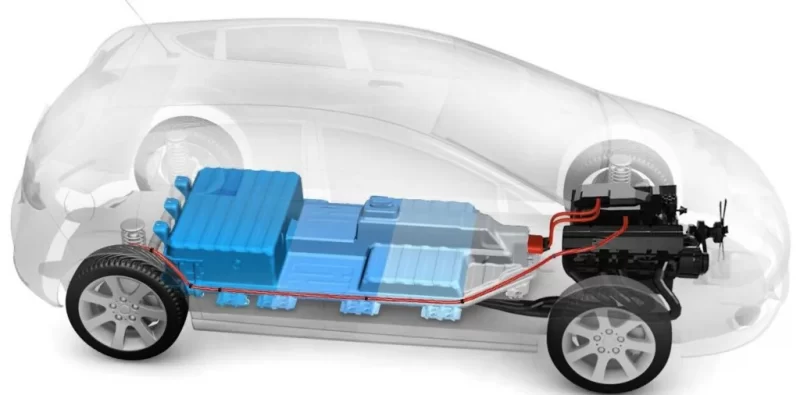
Why are Teslas EVs So Heavy?
Battery packs for electric vehicles typically weigh more than one thousand pounds, contributing to these vehicles’ additional mass. Electric car makers use batteries with an aluminium casing to reduce the overall vehicle weight.
Electric vehicles usually have a higher curb weight because their batteries are so large and heavy. Hefty battery cells are required to attain a range of 300 miles or more per charge. Making batteries that pack more power into a compact space is currently a top priority in the EV industry.
The 85 kWh battery cell that came standard in the Model S weighed 1,200 pounds or 540 kilograms, making it the most significant part of the vehicle. In addition to its partnership with Panasonic, Tesla produces some Model S cells in-house.
Why is a Fully Charged Battery Heavier?
Due to its greater interior energy level, a fully charged battery is significantly heavier than a completely discharged one. Comparing a particle in its charged and exhausted states reveals a difference in mass and weight that is directly proportionate to the energy gap between the two states.
Tesla Model S Battery Pack
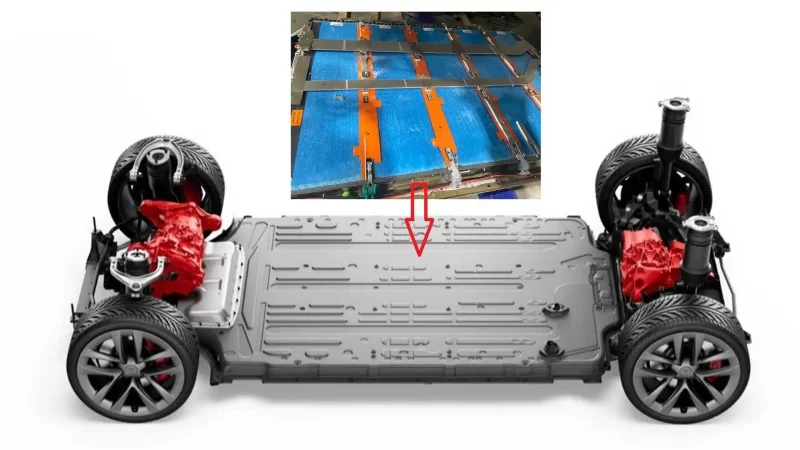
The Tesla Model S is powered by a set of lithium-ion batteries built on 444 Panasonic NCR18650B cells wired in a 6s74p design.
Elon Musk, CEO of Tesla, had promised nearly three years earlier that the next-generation Model S Plaid would feature 4,680 cells and a redesigned battery pack. However, COVID, supply chain problems, and the pressing need to begin manufacturing prevented this.
Panasonic 4680 batteries are also less expensive to produce than conventional EV batteries. It is because Tesla sacrificed a lot in cost and weight when designing the Model S’s battery.
Cost to Replace the Tesla Model S Battery.
The price to replace a Tesla battery can vary widely depending on the time and materials required. Replacing a Tesla battery costs between $13,000 and $14,000. However, the expense to replace the battery in a Tesla Model S luxury car ranges from $13,000 to $20,000.
Wiring and connection replacements could cost anywhere from $20 to $200, and the per-hour labor rate for work can go up to $175. If you ever need to change the battery in your Tesla, you should budget for a few extra dollars to cover the cost of the technician’s time if you ever need to change your Tesla battery.
The price of Tesla battery change is challenging to estimate due to the wide variety of available options and battery capacities. An average battery may cost anywhere from $12,000 to $15,000. Due to variations in work costs, the estimated final price can range from $20,000 to $22,000.
What is the Range of the Tesla Model S Battery?
The range of the Tesla Model S battery varies depending on the battery configuration, driving habits, weather conditions, and terrain. The Model S is available in several versions, ranging from 412 to 520 miles on a single charge.
The Model S Long Range version has a range of up to 412 miles, while the Model S Plaid and Plaid+ versions have ranges of up to 390 and 520 miles, respectively. Driving speed, acceleration, and cold weather can impact the range. Overall, the Model S has one of the most extended ranges of any electric vehicle.
How Long do Tesla Batteries Last?
According to Tesla, even after 200,000 kilometers, a Model X or Model S will still have 90% of its original power. Your Tesla’s battery should last at least 15 years or 200,000 miles, assuming you travel an average of 14,000 miles annually. Because the typical American has held on to their vehicle for about 12 years, there is a remote possibility that your Tesla’s battery will ever need to be replaced at some point.
However, the latest battery packs are expected to last more than 300,000 to 500,000 kilometers or 1,500 cycles. As a result, Tesla battery replacement may be necessary once or twice during car ownership. If the battery capacity drops below 70% while the battery still falls under the guarantee, the company will make the required adjustments.
Tesla Model S Battery Module
There are 16 modules, or 7104 18650 cells, inside. Front and back electric motors are powered by the battery pack’s contactors, connected to individual battery modules via a central bus bar. With 16 modules and a total capacity of 5.5 kWh, the 90 KWh Tesla battery is an efficient energy storage solution.
Tesla Model S Battery Capacity
100 kWh battery/2023 Tesla Model S.
Tesla’s battery size starts at 50 kWh for the base Model 3 and goes up to 100 kWh for the long-range Model S. According to Tesla, the Model S Performance’s battery can hold around 103 kWh of energy with a functional capacity of 98 kWh.
In the Tesla Model S Dual Engine, the battery is expected to hold 100 kWh of energy, having s a 95 kWh capacity for actual use. An ultimately charged battery can take you as far as 355 miles.
With a range of 1.7 kilowatt-hours per mile, the battery cell would need about 850 kilowatt-hours (kWh), or about 8.5 times larger than the battery in a Tesla Model S Plaid. The Model S’s 100 kWh battery cell, according to multiple reports, weights roughly 1,300 pounds
Tesla Model S Battery Warranty
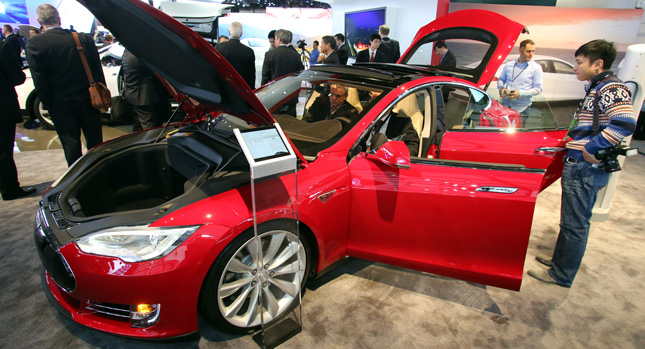
There must be a minimum of 70% battery power preservation throughout the 8-year guarantee or 240,000 km, whichever happens first.
How Many Miles Does a Tesla Model S Battery Last?
The average range for a Tesla vehicle is 336 miles per charge. The Model 3 has the shortest range at 267 miles, while the Model S has the greatest at 405 miles.
On a complete charge, the battery should be able to take you about 330 kilometers. Climate, topography, temperature control systems, and driving technique are just some variables that can affect the actual range.
A range of about 240 miles is possible if fast speeds can be maintained in subfreezing temperatures. The range can be, however, extended to about 470 from 336 miles if you drive slowly in pleasant conditions.
How Much Does It Cost to Charge Your Tesla
34 kWh per 100 kilometers
The cost of fueling an electronic car fluctuates depending on demand. The final count of charging your Tesla battery will be influenced by several variables, each of which will adversely affect the price.
Prospective Tesla buyers may be surprised that these vehicles consume relatively little energy despite being loaded with high-powered comforts.
The typical energy consumption of a Tesla is about 34 kWh per 100 kilometers. That’s 34,000 kWh for every 100,000 kilometers driven or up to 170,000 kWh over the car’s lifetime. The energy a Tesla battery uses is deficient, with charging efficiencies of about 94% and discharge efficiencies of 90%, so you won’t have to stress about your electric bill skyrocketing.
If you charge your Tesla at the national average energy price, it will only cost you $13.96. That works out to roughly $0.05 per mile for the entire lineup. Consequently, the total cost to completely charge different Tesla Models is given as under:
- Tesla Model S: $18.29
- Tesla Model X: $18.30
- Tesla Model Y: $13.58
- Tesla Model 3: $9.62
Charging Tesla Model S
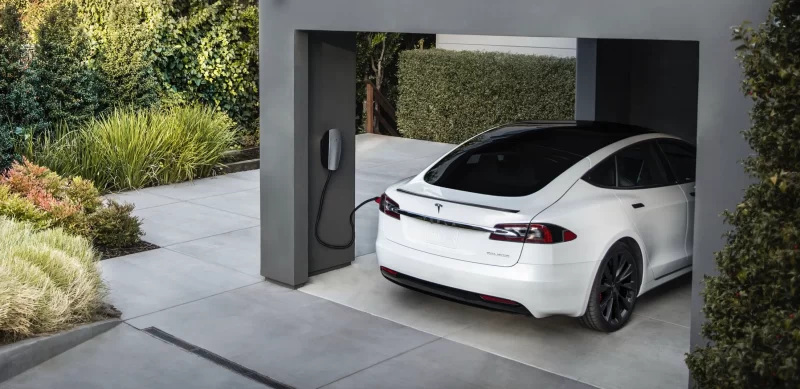
A Type 2 connection is used for charging, and the charger can deliver up to 16.5 kW. For a completely dead battery, this takes about 7 hours to recharge with a 3-phase electrical connection. Currently, this link is different from most houses or charging stations.
The maximum charging capacity is typically 7.4 kW, resulting in a charge period of 15 hours and 45 minutes and a charging pace of 21 mph. Using a standard power outlet to recharge the vehicle will take about 50 hours and 15 minutes.
There is a 250 kW limit on how fast you can charge. This level of electricity is too high to allow for constant charging of the battery. The specific charge strength during a brief charging period is 125 kW. In about 35 minutes, the battery will be charged from 10% to 80%, and this quick recharging will give you nearly 230 more miles of driving time. Each option in the table shows how fast the battery can be charged with Tesla Model S from empty to full.

Imran is an experienced content writer who crafts engaging and informative articles for a variety of industries. With a keen eye for detail and a passion for storytelling, Imran delivers high-quality content that resonates with readers. Whether he’s writing blog posts, social media content, or website copy, Imran is committed to delivering compelling content that drives results.

